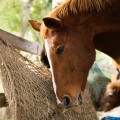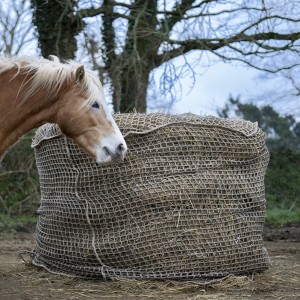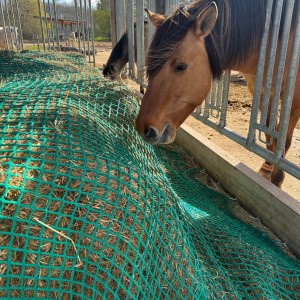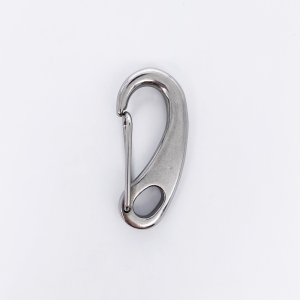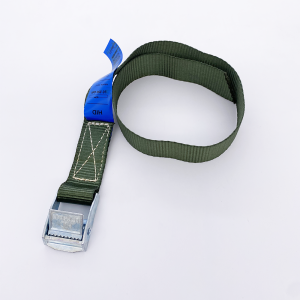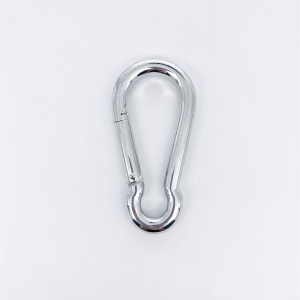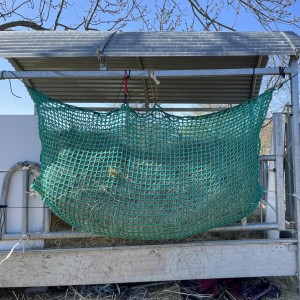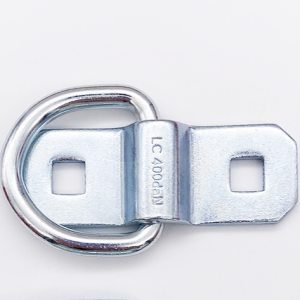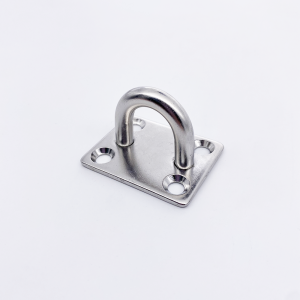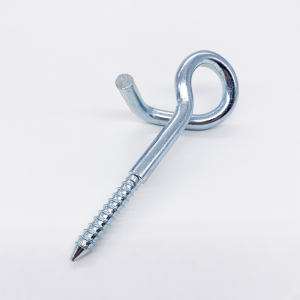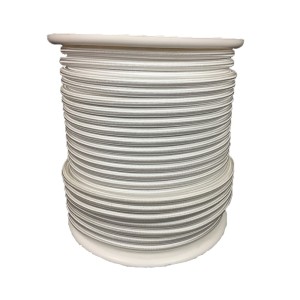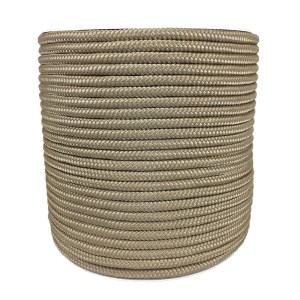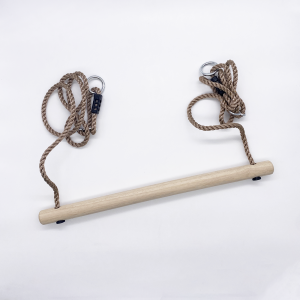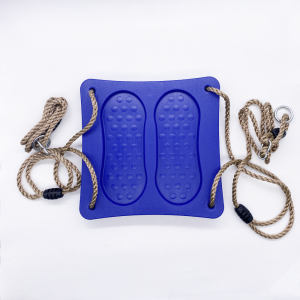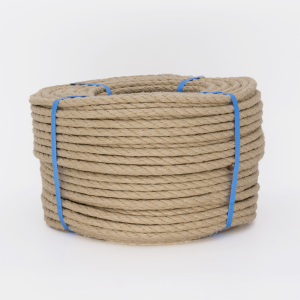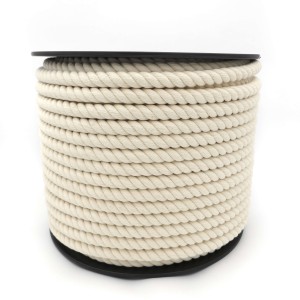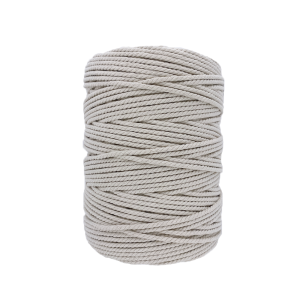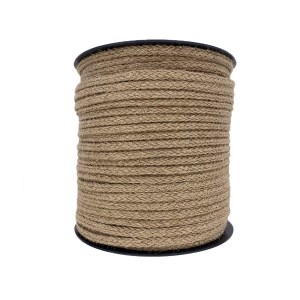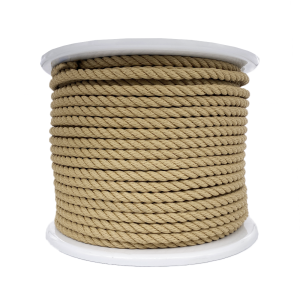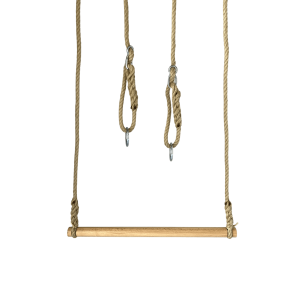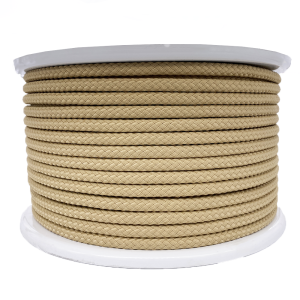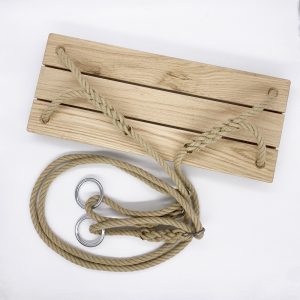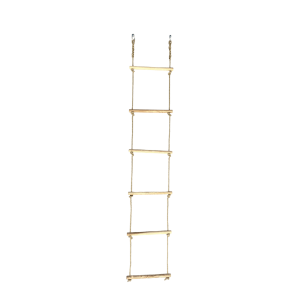Hay net - Bag
PPHR (High Strength Polypropylene) Net Multifilaments Knotless - "Bag" shaped hay net - Very flexible and very soft for the gums - Superior quality - Small or Large Mesh - Standard or made to measure - Assorted colours



Net shape
Horse Hay Net "Bag" shape - Small or Large Mesh
Advantages of using hay nets:
- Less hay waste (saving money)
- Savings +/- 30% of fodder
- Hay lasts 1.5 to 2 times longer
- Saving time
- Your horse learns to rebalance his diet by improving his physical and mental health, performance, endurance and well-being
Articles on our nets:
- Hay Net Sock Closure in Rack Bell
- Hay Net "Tablecloth" on Tray
- Hay net "Bag" to be filled on trestles
- Hay Net Bag for Vans
Features of our nets :
- Superior Quality
- Assorted colours according to reference
- Very soft to the touch
- Very flexible
- Imputrescible
- Easy to wash - quick drying
- Respects the gums of horses
- Does not emit odours
Different models: Standard or custom-made
- Netting "tablecloth" shape rectangle, square or circular, to be placed on the hay, especially for racks
- Bag-shaped net let vertical or horizontal (closed on 3 sides), to hang or hang on a wall.
- FiSock-shaped netfor round square-rectangle balls. Custom-made net. Contact us offline here
Tips :
1) Thread wire diameter :
It is recommended to use the largest diameter, i.e. Ø 5mm for greater strength and optimized service life. If you want the net to be less resistant, you must choose a smaller wire diameter (Ø 3mm or 4mm).
2) Mesh dimensions of the net :
- It depends on the priorities you want to give: flow rate, resistance...
- Plan for mesh sizes to be smaller than the size of horses' and foals' feet.
- To calculate the inner mesh size, subtract the diameter of the wire. Example: for the Ø 5mm mesh 45x45, subtract 10mm, the size of the inner mesh is 35mm.
- small mesh 30x30* or 40x40* or 45x45*: you promote a slower ingestion (good chewing and progressive digestion) and a greater hay economy (Slow Feeding)
- 60x60* medium mesh: allows the horse to slow down its consumption, to feed more easily by limiting waste without necessarily switching to Slow Feeding.
- large 100x100* meshes: allows the horse to slow down its consumption, to feed more easily by limiting waste without necessarily switching to Slow Feeding.
*External mesh size.
3) Fastening method of the "bag" net :
- Suspended: make sure the angle is natural / be careful not to hang the net against a rough wall (plaster) as this can degrade the net prematurely
- Suspended: depending on its installation, it can be accessible from one side or both sides
- Placed on the ground (risk of rapid damage to the net or injury to the horse)
- Hygiene: the suspended hay is not in contact with dirt and impurities
4) See Thread "Tablecloth" shape
5) See Net shape "Sock"
Prevention :
The hay net can be weakened or dangerous in some cases:
*** by sharp teeth:
- if the horse is very young
- if the horse is upset by the hay's resistance, he tries to pull hard on the net and the shear ***
*** if the horse (shod or non-shod) has one foot in the net: the net may cling to the horse's shoe and will resist. The horse pulls to free itself, even if it means tearing off its shoe or seriously injuring itself. ***
*** if the horse is shod, it is advisable not to put the net on the ground. It is better to hang it up high, place the round bale on pallets or put it in a rack.
The provision of nets in the distribution of hay remains the sole responsibility of the users, who will not be able to turn against Corderie Mansas for any reason whatsoever.
The above advice is of a general nature, in use under optimal conditions, based on tests in several farms.
Under no circumstances do they guarantee the longevity and precise strength of the net, nor even the absence of potential injuries to the animal.
It should be remembered that it is strictly impossible to control the placement of the net by the user or the horse's reaction to it.
Notion "Slow Feeding" :
We are in the ecological era where the directive is to offer equidae a way of life that is as close to nature as possible, while avoiding as much as possible the waste of resources.
Paddock Paradise is trendy!
It came to improve the lives of the horses in boarding school. It is a concept invented by Jaime Jackson in order to create plots in which the horse evolves as close as possible to nature, close to its physiological needs. It aims to improve the physical and mental health of the horse.
The "Slow Feeding" concept allows the horse to eat continuously and more slowly according to its natural digestive capacities. He no longer overloads his stomach.
"Slow feeding" allows a better chewing strand by strand and reduces the risk of excess or choking, a common equine pathology: gastric ulcer.
When the horse is deprived of food for more than 4 consecutive hours (day or night), the secretion of gastric acids fills the stomach at a higher level than the glands that protect the stomach wall. Continuous feeding keeps gastric acid constant and makes it less harmful.
The smaller the mesh, the slower the hay is taken in.
| Mesh size (outer) | Purpose | |
| 100 mm | Very large mes | Limit hay waste, familiarisation with the net |
| 60 mm | Large mesh | Consumption slows down, transition to slow feeding |
| 45 mm | Small mesh | Introduction to slow feeding |
| 35 mm | Very small mesh | Slow feeding intensification |
| Note: The size expressed is that of the outer mesh. To calculate the inner mesh, you must subtract 10mm. | ||
The slow down of ingestion also depends on the level of hay compression and the length of the stalks.
For the same mesh, the distribution of hay will be different in a bag net and a round ball net.
- In a net bag, usually hay is loose
- In a round ball net, hay is compressed
- Hay compaction: hay compressed in a haystack will be harder to catch than hay loose in a bag
- Length of the strands: hay with short strand is more difficult to catch than hay with long strand
Tips :
- If your horses cannot all eat with the mesh installed, you can arrange several different mesh nets.
- Our bag nets are also available in double mesh with different size of mesh on each side.
If this is the first time you have put hay in a net and your horse is not used to it, he may be frustrated and can get angry. We advise you to gently accustom your horse to limit his frustration.
- Ruffle the hay out of the tufts of the mesh and leave some loose hay next to the nets.
- Choose a wide mesh net (60mm, 100mm) to promote a smooth transition.
Despite all the care taken in manufacturing, the net is a textile product that can be damaged by installation or use.
To repair the hole of your hay net, you can sew your stitches with a sharp needle of 1mm maximum and linen string of 0.3mm.
You can order a custom-made hay net directly from our website. All of our custom-made hay nets are available online.
Simply select the net of your choice, indicate your mesh and dimensions and the price will be displayed automatically!
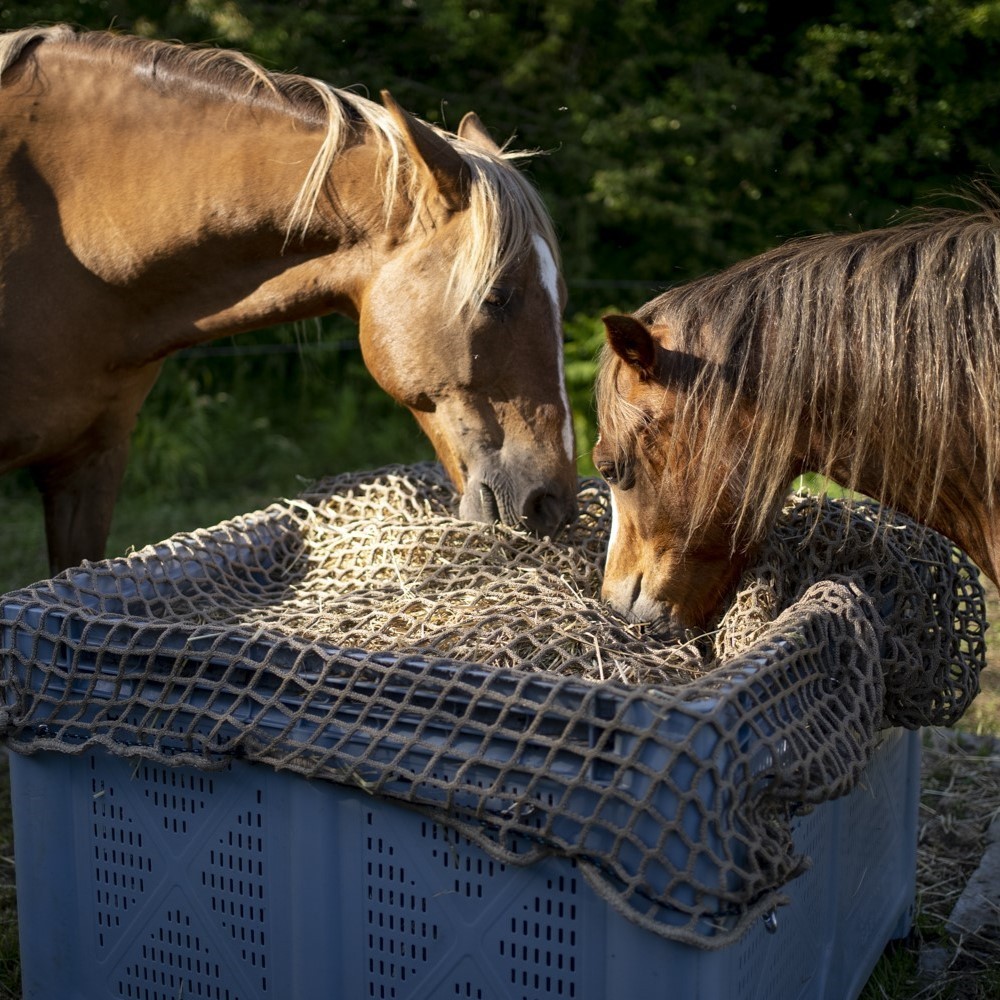
Discover the rectangular hay net
The rectangular net is available in many sizes to be used on all types of racks.
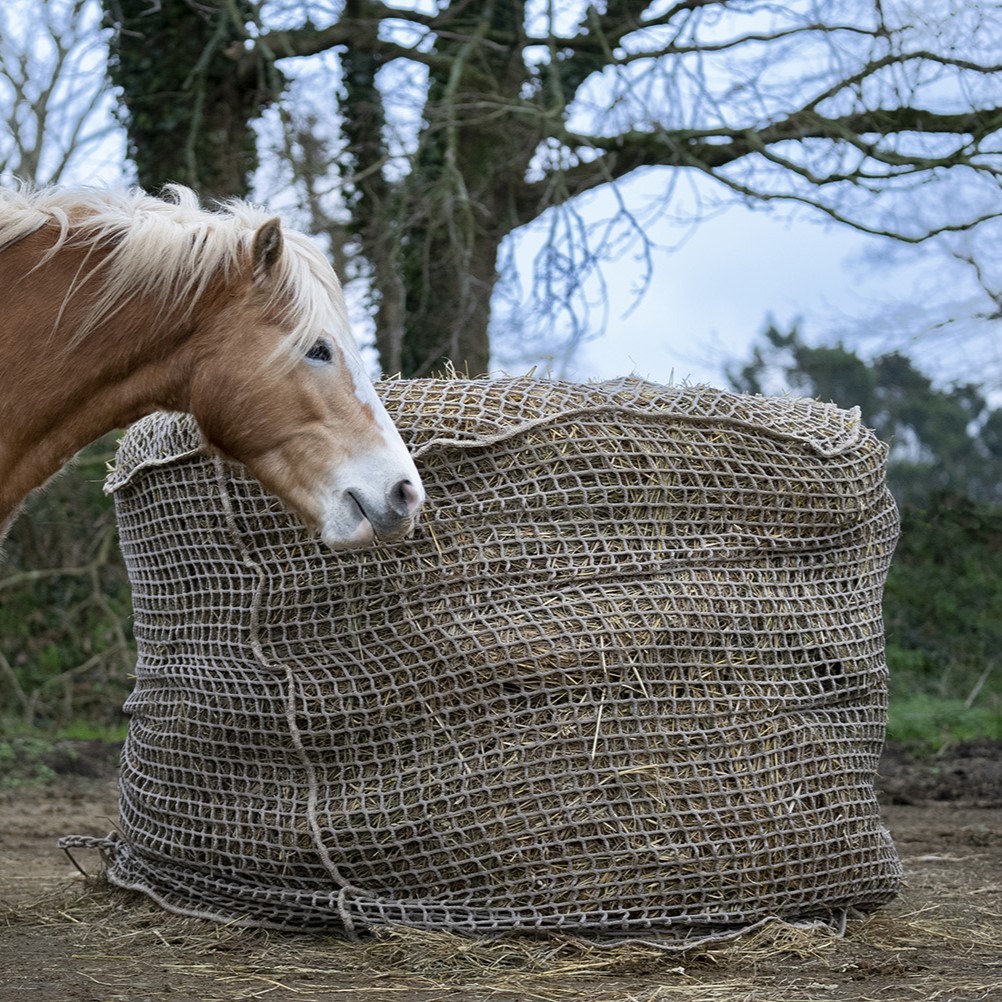
Hay net for round bales
Discover our nets suitable for all sizes of bales.
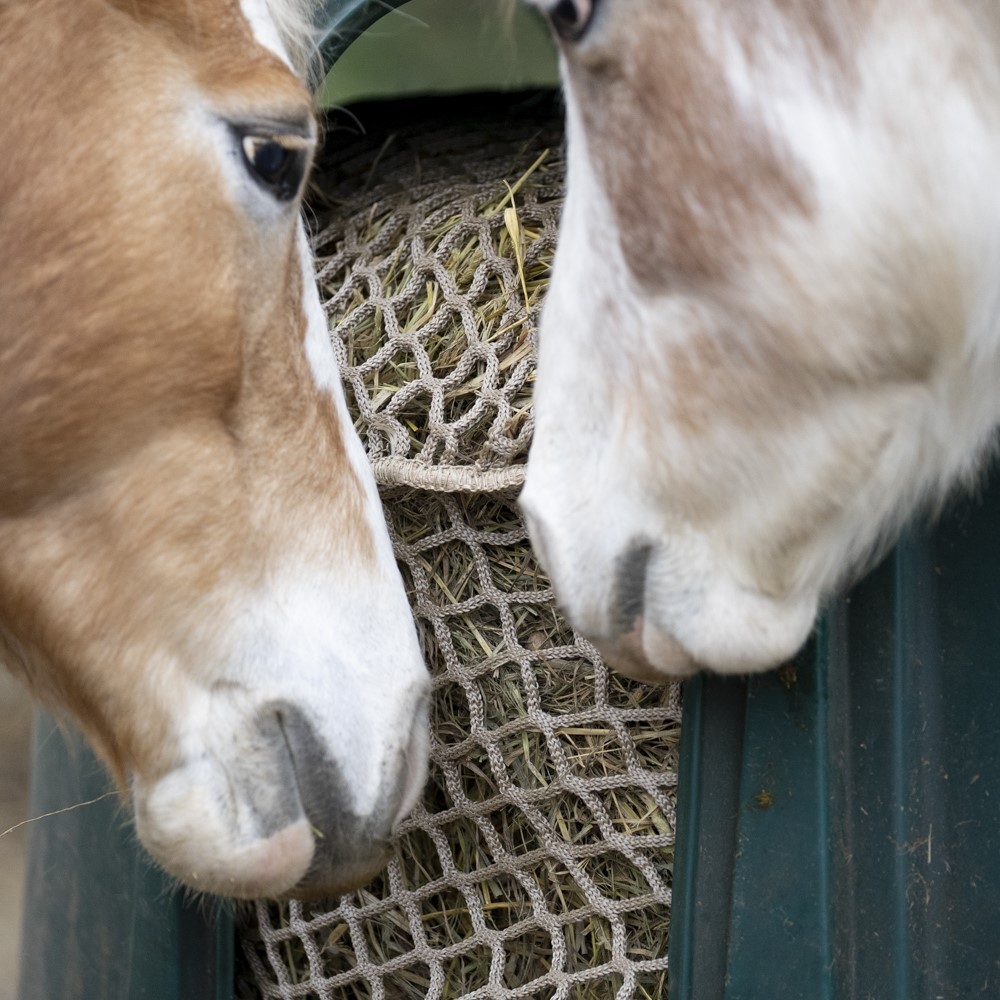
All our horse hay nets
Discover all our hay nets in standard size or custom.
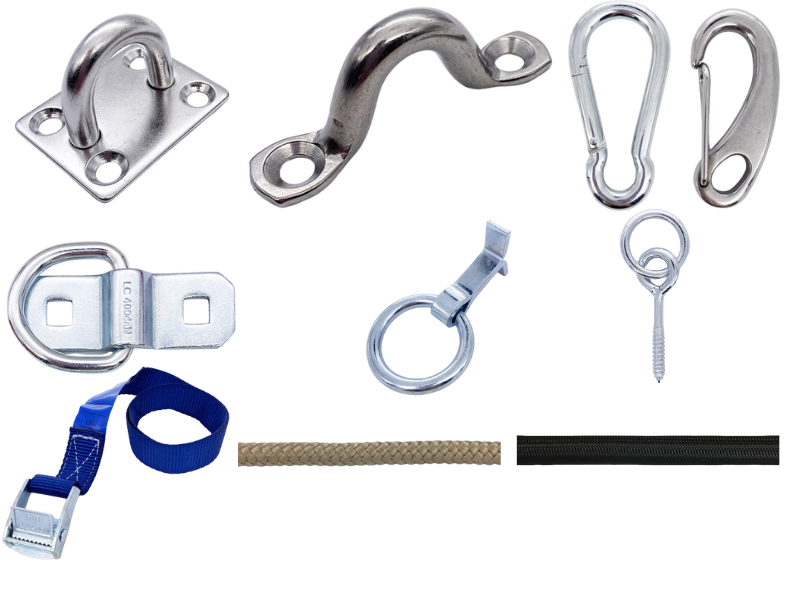
Accessories for fixing hay net
Discover our wide range of accessories for laying your hay nets!
Customer review

Conforme à mes attentes, bonne qualité, rapidité, prix correct
Super produit solide
Très bonne qualité, facile d’utilisation, je recommande.
Parfait très bonne qualité Mes chevaux adorent
Toujours au top, super bien pour mes parures, facile à remplir et attacher
Related products
You will also like
On the blog
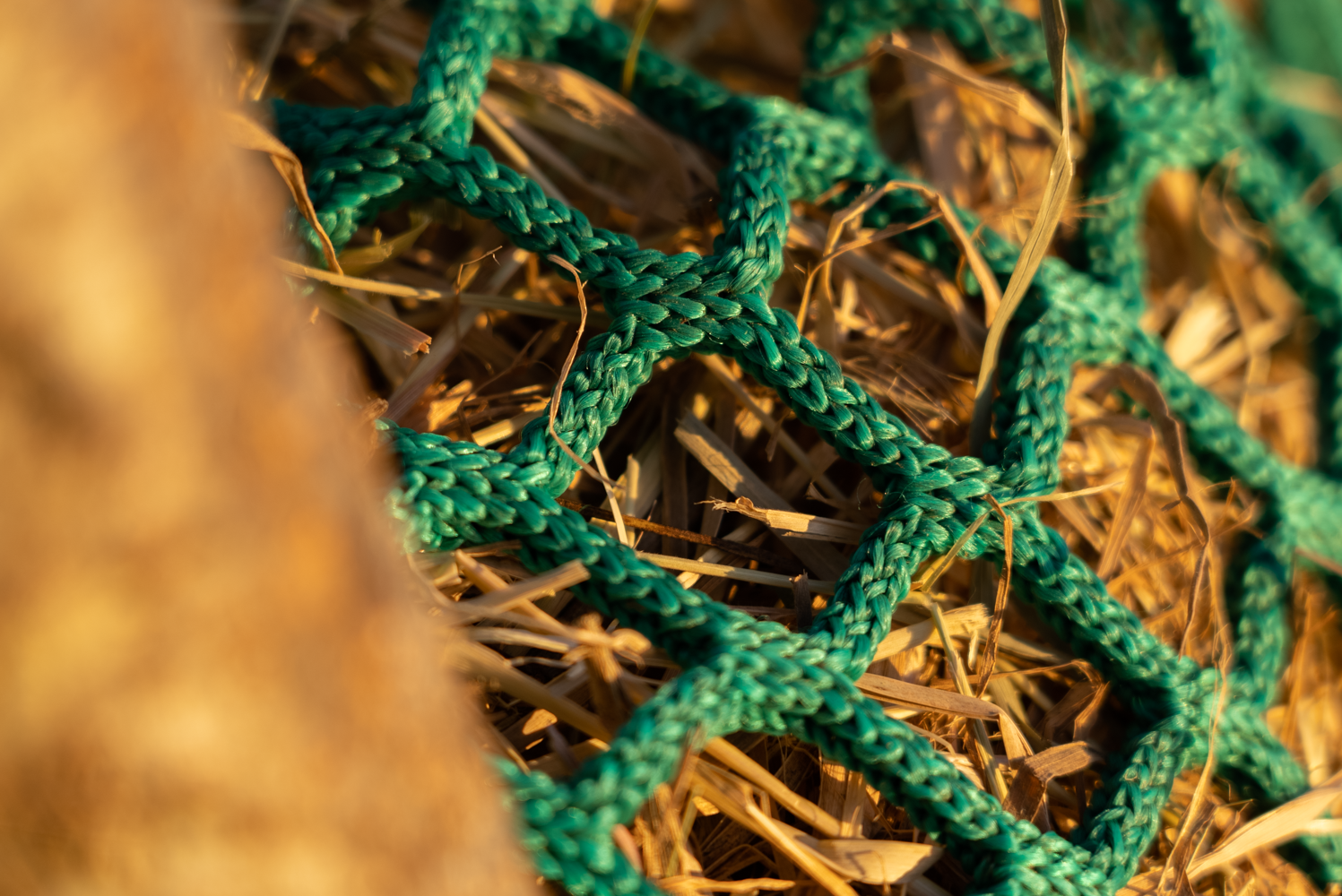
Quel filet à foin choisir ?
Le bon modèle : adapté à vos chevaux et à votre installation.
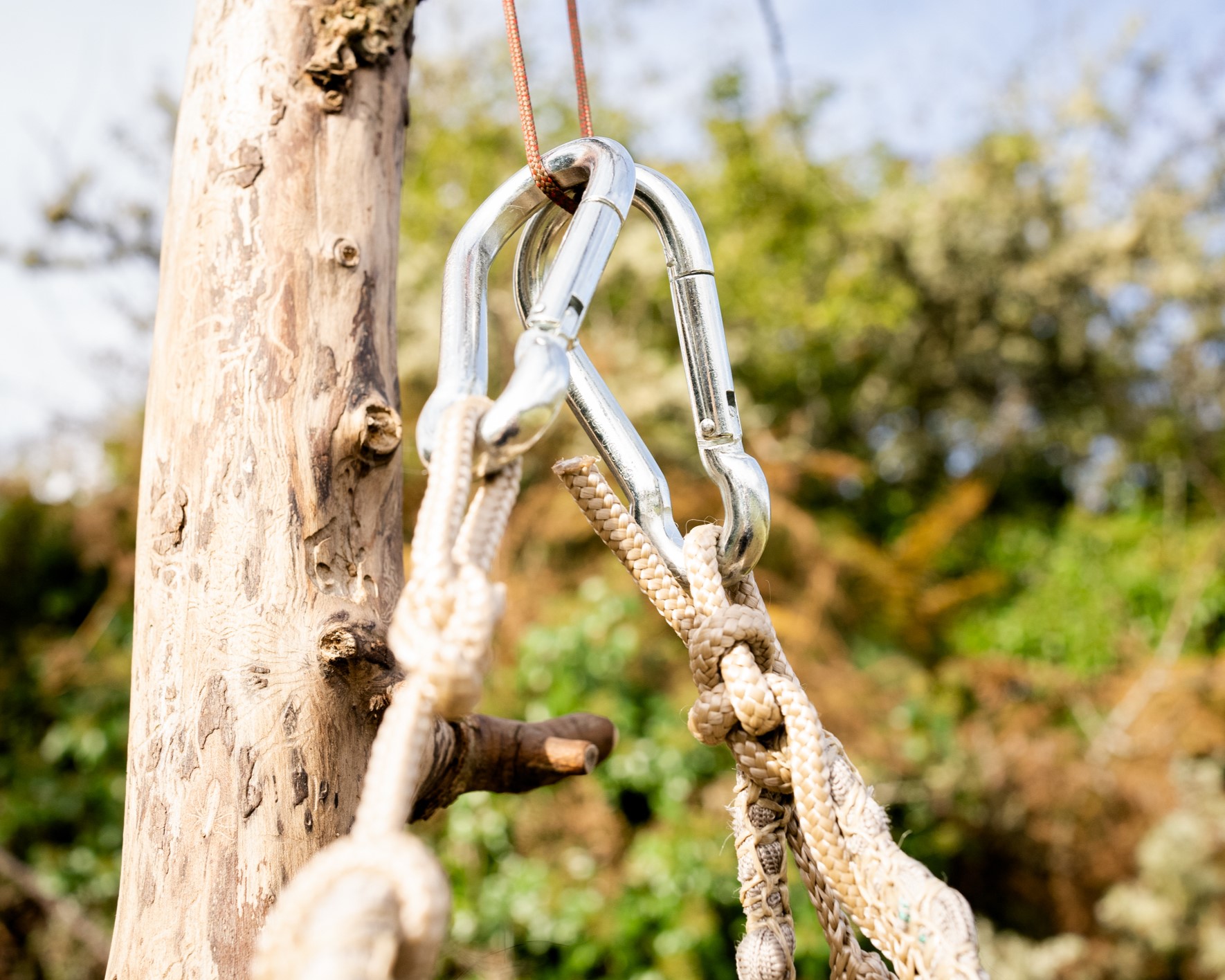
Bien fermer son filet « sac »
Méthodes et accessoires à privilégier pour simplifier la fermeture.

